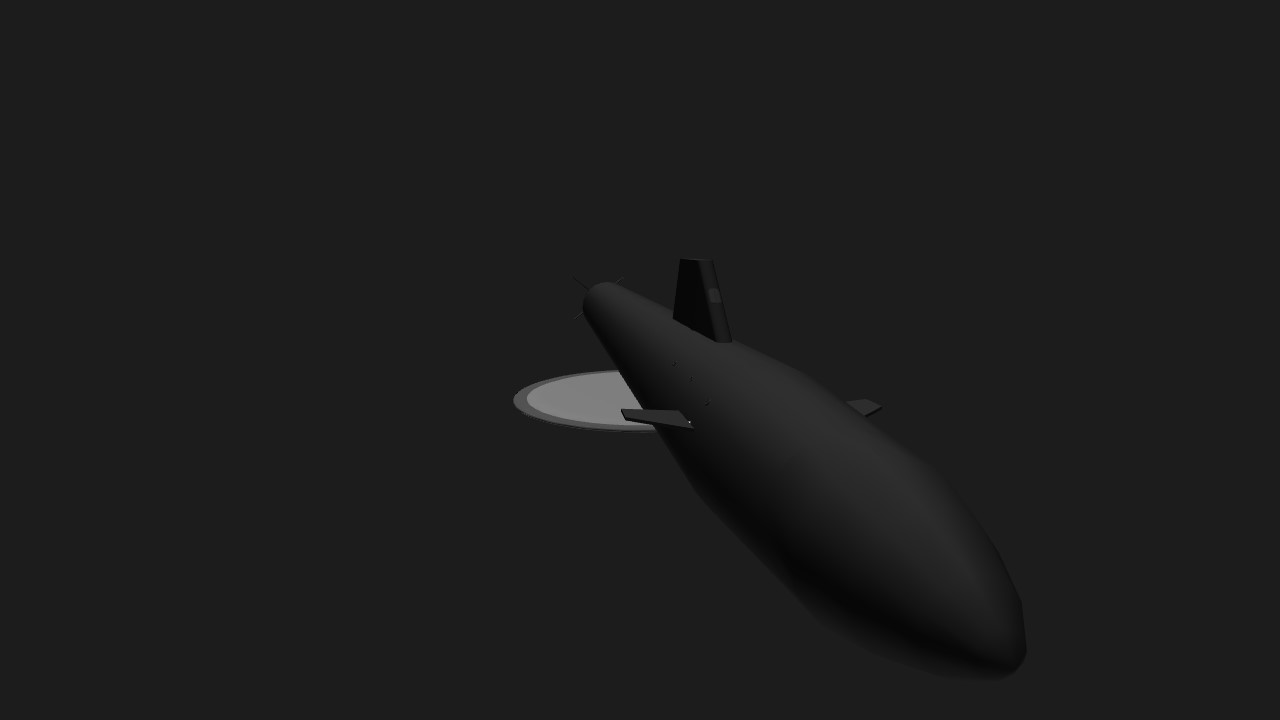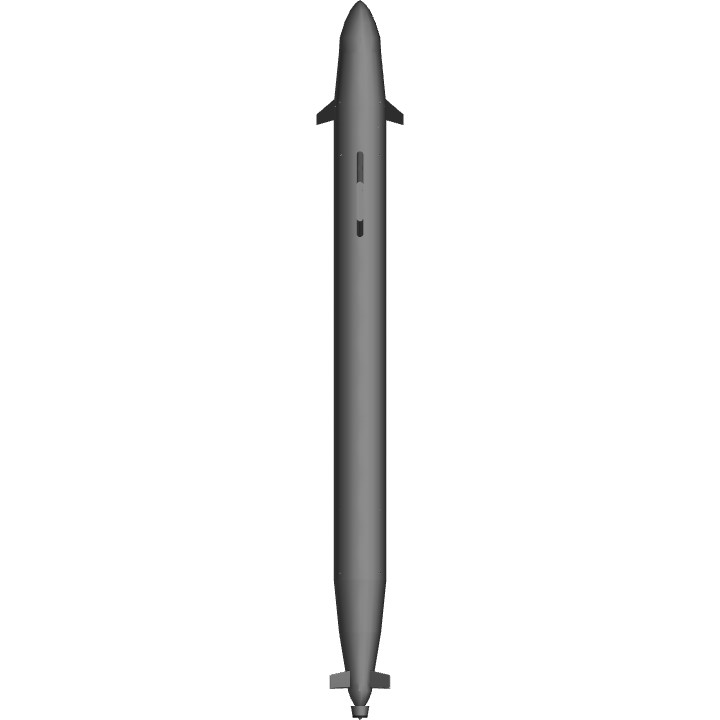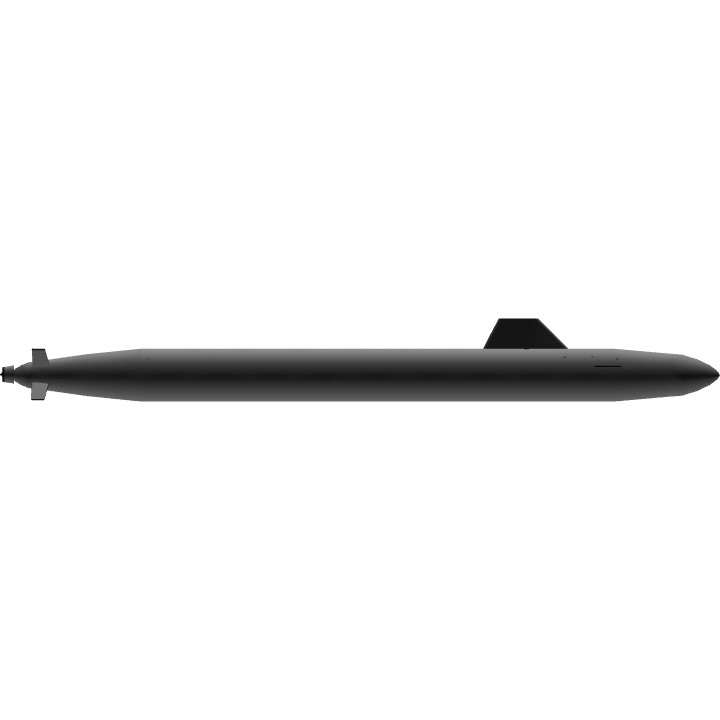This is my Dreadnought class submarine which is currently being built to replace the aging fleet of Vanguard class for the Royal Navy.
Ag 1 and trim up opens the doors to the sail
Ag 2 and trim up raises the periscopes
Ag 3 and trim up raises the flag
VTOL UP submerges the sub
The programme to construct the 4 submarines that will replace the Vanguard class boats, will soon become the largest defence project in the UK. Ballistic missile submarines are some of the most sensitive and closely guarded defence assets and there is understandably limited information about them in the public domain. At this early stage in the construction programme, we look at what is known about the Dreadnought project.
Design
Outline concepts to replace the Vanguard class have been under consideration by the MoD since 2002 but the 128 people of the Future Submarines (FSM) Integrated Project Team (IPT) started work at Barrow in 2007. Two initial concepts were made public in 2009. The radical ‘Advanced Hull Form’ had a rectangular hull cross-section, with propulsors embedded in ducts. In addition to Trident missiles, 16 x Mark 36 vertical launch tubes, suitable for conventional missiles such as the Tomahawk were sited outside the pressure hull. This design also offered greater stability and manoeuvrability than conventional designs but the costs would have been prohibitive. The alternative ‘Concept 35' was a more conservative evolution of the Vanguard design with a conventional cylindrical hull form, its main innovation was shaftless electric drive and it appears that this design was used as the basis for Dreadnought.
Design work began in earnest on what was known as ‘Successor’ in May 2011 after passing MoD Main Gate approval. The loss of experienced designers and problems with the Computer Aided Design (CAD) system that plagued development of the Astute class are now consigned to history and the teams working in Barrow benefit from a much more settled organisation. The design was 70% complete and in line with the original schedule when first steel was cut for HMS Dreadnought in late 2016. The first section, now under construction, will form the structural steelwork for auxiliary machinery compartments containing switchboards and control panels for the reactor.
Much of the technology used in the Astute class submarines will find its way into Dreadnought but the new design can in no way be described as a ‘stretched Astute’ with missile tubes. The Astute hull is not large enough to accommodate the height of the Trident missile, neither does it have sufficient beam for two missile tubes to be placed side by side. Most commonality between the Astute and Dreadnought is likely to be found at the forward end, where the 6 Torpedo tubes, weapons handling system, world-class Type 2076 sonar and Common Combat System (CCS) are likely to be fitted. Commonality of control systems, weapons and sensors will save money and make it easier for RN submariners to move between Dreadnought or Astutes as needed
The Dreadnought will be the first RN submarine to feature combined hydroplanes and rudders in an ‘X tail’ configuration at the stern. This arrangement is more complex to build and to control but allows for smaller planes and reduces noise. It is likely the Dreadnought uses an electric permanent magnet motor to drive the boat instead of the steam turbines used on all RN nuclear submarines until now. This follows developments in the surface fleet where Integrated Electric Propulsion (IEP) is being used in the latest generation of ships. On Dreadnought the nuclear reactor will drive steam turbo generators that provide power for the motors and the rest of the boat’s requirements. Motors avoid the need for noisy reduction gears and allow more flexibility in the layout of the propulsion system. There is a slim possibility that Dreadnought has adopted the submarine shaftless drive (SSD) system with an electric motor mounted outside the pressure hull in a watertight enclosure integrated into the propulsor unit.
Armament
Dreadnought will have 12 Trident missile tubes, a reduction from the 16 carried by the Vanguards. The missile tubes will be the same 87-inch diameter as the Vanguard, but have been extended in length by 12 inches to accommodate future missiles. To save duplication of costs and effort, the Common Missile Compartment (CMC) is being designed in co-operation with the US and will equip their Columbia SSBNs as well as the UK’s Dreadnoughts. Design work on the CMC began in 2008 and is now mature. The modular ‘quad pack’ design is cheaper to produce than the legacy method of inserting and fitting out individual tubes into the completed hull and allows other sub-contractors to build them at dispersed locations. Babcock in Rosyth has won an £80M contract to fabricate a batch of 22 tubes for use in British and American submarines.
The 2010 SDSR stated that only 8 Trident II D5 missiles will be routinely carried by the new deterrent submarines (each missile is tipped with 5 separate re-entry vehicles with a nuclear warhead). The remaining 4 tubes have the potential to carry equipment and munitions that could extend Dreadnought’s role beyond that of a pure deterrent submarine. This could include The US-developed multiple all-up round (MAC) canister with can hold 7 Tomahawk cruise missiles per tube, special forces equipment or vehicles, unmanned underwater vehicles (UUVs) decoys and sensors and encapsulated unmanned air vehicles (UAVs). For the Dreadnoughts to be used for launching Tomahawks or special forces would require a significant change in operating doctrine. SSBNs are expected to disappear in the ocean depths and avoid any action that might reveal their presence. With its shortage of SSNs this flexibility might be attractive for the RN but would incur additional equipment costs and expose a multi-billion strategic submarine to increased risk.
Specifications
General Characteristics
- Created On iOS
- Wingspan 26.9ft (8.2m)
- Length 224.2ft (68.3m)
- Height 25.8ft (7.9m)
- Empty Weight 80,443lbs (36,488kg)
- Loaded Weight 80,443lbs (36,488kg)
Performance
- Power/Weight Ratio 0.209
- Horse Power/Weight Ratio 0.012
- Wing Loading 1,299.7lbs/ft2 (6,345.8kg/m2)
- Wing Area 61.9ft2 (5.8m2)
- Drag Points 23763
Parts
- Number of Parts 146
- Control Surfaces 0
- Performance Cost 1,266






